Hey y’all, Austin Carter here from Beyond the Bayou Blog. Today, I’m excited to share my take on Onigiri, those delicious Japanese rice balls that have become a favorite in my kitchen. Now, you might be wondering how a Southern boy like me got into making onigiri. Well, it all started during a trip to Japan a few years back.
I remember wandering into a small convenience store in Tokyo, hungry and a bit lost. That’s when I spotted these neat little triangles of rice. I grabbed one, took a bite, and it was love at first taste. The simplicity and flavor blew me away.
Back home, I missed those handy little snacks, so I decided to learn how to make them myself. It took some practice (and a few oddly shaped attempts), but I finally got the hang of it. Now, onigiri has become my go-to for picnics, quick lunches, or when I’m feeling nostalgic for my Japan trip. Let me show you how to bring a bit of Japan to your kitchen, with a little Southern twist. For more such options try Spam Musubi or Yakisoba.
What Is Onigiri?
If you’re unfamiliar with Japanese onigiri, they are essentially rice balls, often shaped into triangles, made from sushi rice, and wrapped in nori (seaweed) sheets. While not always the case, most onigiri are filled with various ingredients such as pickled plum (umeboshi), salmon, tuna, kelp, and many more. The choices are endless.
Onigiri is one of the most popular and portable snack foods in Japan. Similar to foods in other cultures (like pasties in England!), onigiri has been a staple of Japanese cuisine for centuries. They were developed as an easy, self-preserved, on-the-go meal. You can find onigiri in every convenience store in Japan, and while these are surprisingly good, they are not as delicious as homemade or specialty onigiri like those from Ao Onigiri.
What Is So Special About This Recipe?
- Convenient and Portable: Onigiri are easy to make and very portable, making them perfect for lunch or a snack on the go. They can be prepared ahead of time, ideal for parents with busy schedules needing to pack lunches.
- Versatile: Japanese rice balls can be made with a variety of ingredients, such as different vegetables or fish. This allows for endless customizations to cater to many taste preferences.
- Nutritious: Onigiri mainly consists of rice, which is a good source of carbohydrates. Depending on the other ingredients, they can also provide protein, vitamins, and minerals.
- Kid-Friendly: Onigiri is perfect for kids. They’re small, making them easy for little hands to hold. Plus, kids love eating with their hands, so this recipe is sure to be a hit!
Onigiri Recipe
Equipment
- Mesh strainer
- Saucepan with lid
- Small Bowl
- Cutting board and knife (for nori)
- Bowl for mixing salt water
Ingredients
- 4 cups uncooked short-grain white rice
- 5 ½ cups water divided
- ¼ teaspoon salt
- ¼ cup bonito shavings dry fish flakes
- 2 sheets nori dry seaweed, cut into 1/2-inch strips
- 2 tablespoons sesame seeds
Instructions
- Wash rice until water runs clear in a mesh strainer.
- Cook washed rice with 4 1/2 cups water until tender.
- Let cooked rice rest for 15 minutes to cool and steam further.
- Mix remaining 1 cup water with salt for dampening hands.
- Divide cooled rice into 8 portions.
- Create a dimple in one rice portion, fill with bonito flakes, cover with another portion, and shape into a triangle.
- Wrap rice triangle with nori strips and sprinkle with sesame seeds.
- Repeat filling and shaping steps for remaining rice portions.
Nutrition
Tips that Will Help!
- Crispy Nori: At home, some of us prefer crispy nori. Instead of wrapping the Onigiri with seaweed, I serve the nori sheets on the side for people to add themselves.
- Big or Small Nori: Onigiri can be served with either a small sheet of nori or almost completely covered in nori. The latter is recommended for large Onigiri as it helps contain the rice and makes it easier to eat.
- Use Herbs: Instead of nori, you can use shiso or perilla leaves for a minty freshness. Green shiso leaves are ideal, but red shiso also has a delightful flavor.
- Use Leftovers: Onigiri is a great way to use up leftovers like Teriyaki Salmon, Teriyaki Chicken, or roast chicken mixed with mayonnaise. Ripe avocados also make a tasty filling.
- Make a Variety of Fillings: When making a large batch of Onigiri, I recommend using 2-3 different fillings for variety. Sometimes, simply adding furikake to the rice can be a nice change.

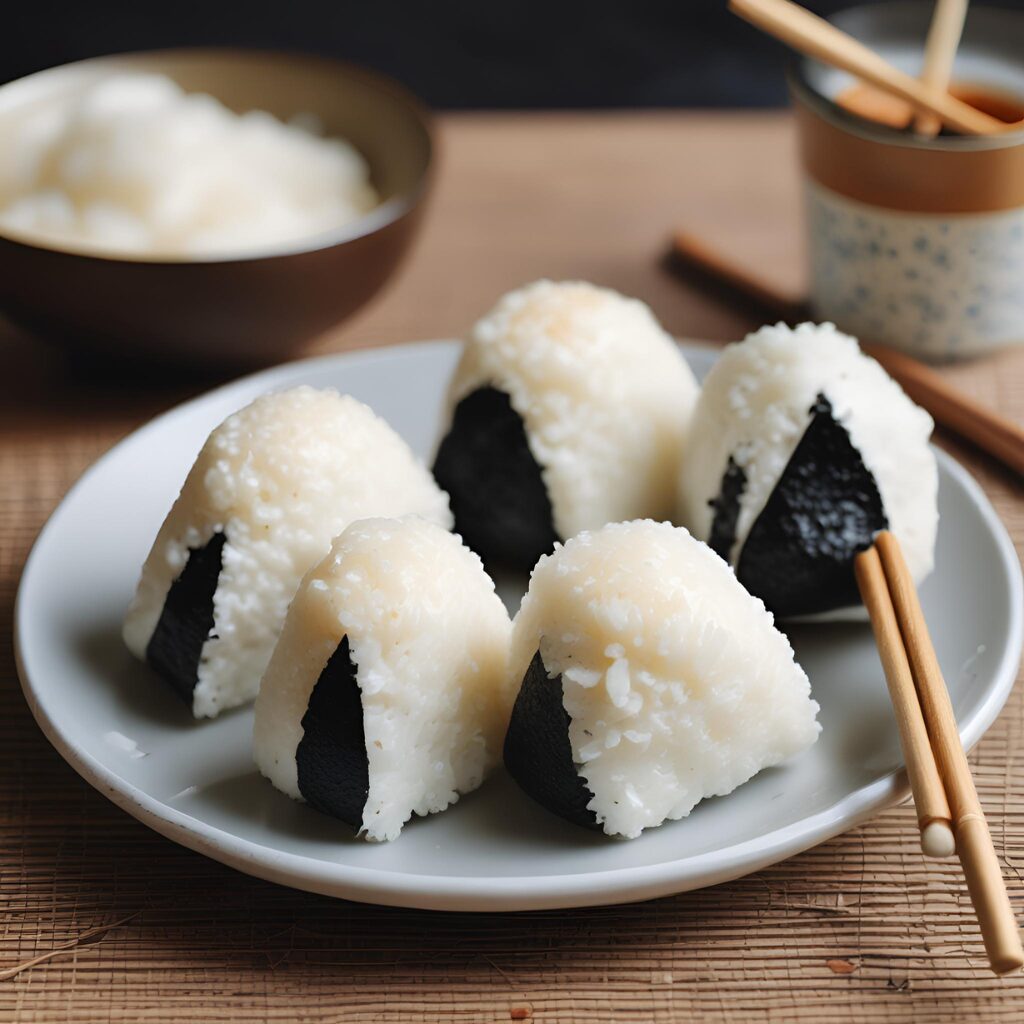
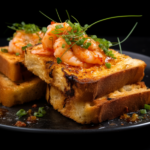
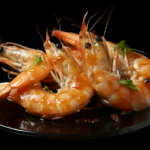
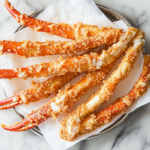
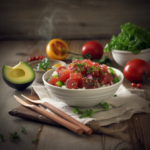
Ophelia Winslow
Monday 15th of July 2024
Thanks for sharing such a detailed and easy-to-follow recipe
Silas Merriweather
Monday 15th of July 2024
I love making onigiri! What’s your favorite filling? My friends and I are looking for new ideas to try next time.
Thaddeus Sinclair
Monday 15th of July 2024
Thank you for this wonderful onigiri recipe! My friends and I had a fun time making and eating them. It brought back great memories from my trip to Japan.
Orion Caldwell
Monday 15th of July 2024
This recipe reminded me of the time my friends and I tried onigiri at a small shop in Tokyo. We’ve been trying to recreate that taste ever since. Can’t wait to try your version!
Gideon Prescott
Monday 15th of July 2024
I made onigiri following your recipe, and my friends couldn’t stop laughing because I shaped them like hearts. They said they looked more like 'love blobs,' but they still tasted great!